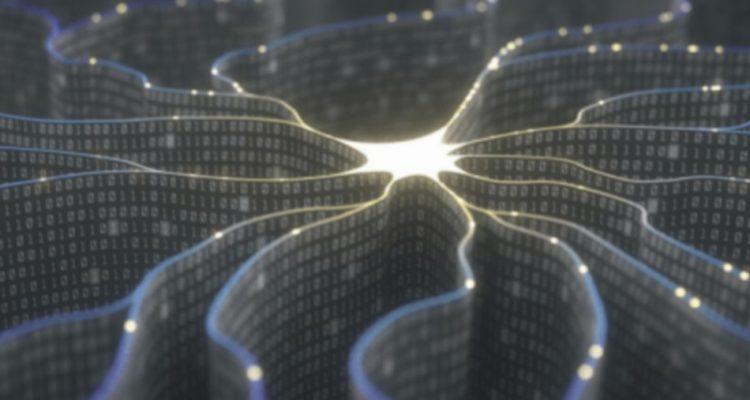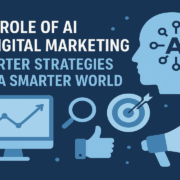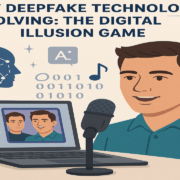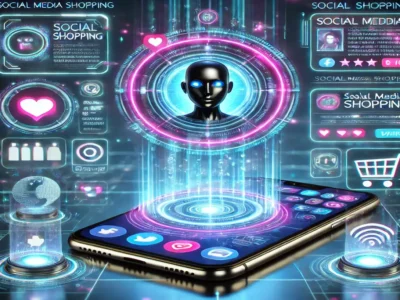Since the birth of spoken and written language, human translation has been essential to allow communication between different peoples and regions of the world. Whether translating Egyptian hieroglyphs into Ancient Greek in 196 BCE or translating from Cantonese to Portuguese in an 18th-century seafood market, we humans, with our unique ability to understand the context and cultural differences, we are the only intelligent animals that can translate different languages.
However, today there is another element to take into account: artificial intelligence (AI). Indeed, the latter challenges this idea (that humans are the only ones who can make translations between different languages).
So how is AI changing the world of translation? Will all human translators be unemployed in the near future? Relevant questions.
The origins of artificial intelligence
To understand AI, let’s first take into account its origins.
At first, artificial intelligence took the form of a thought experiment, by the British polymath Alan Turing. The latter developed the “Turing Test” in 1950: it is a proposal for an artificial intelligence test based on the ability of a machine to imitate human conversation. This test consists of putting a human in a verbal confrontation with the blind with a computer and another human. If the person initiating the conversations is not able to say which of his interlocutors is a computer, we can consider that the software has successfully passed the test. This implies that the computer and the human will try to have a human semantic appearance. (To maintain the simplicity and universality of the test, the conversation is limited to text messages between the protagonists).
However, the vocabulary and technology that Turing described had not yet been developed at the time … The term ” artificial intelligence “, abbreviated as AI, was actually coined for the first time by researcher John McCarthy when Dartmouth Summer Research Project on Artificial Intelligence conference in 1956. This event sparked interest in machine learning and machine translation, which led to advances we know today, such as Neural Machine Translation. neuronal automatic).
Neuronal machine translation: how does AI translate a human language?
Children learn their language by listening to others and detecting patterns of language. Similar to children, this recognition is used in the form of an AI called Neural Machine Translation (called NMT). NMT uses a trained computer neural network to recognize patterns in the input data set, for example, a sentence in Mandarin, and then translate it into the desired output data set, for example, a sentence in English.
If we continue with our example of translating a sentence in Mandarin into English, the network will be formed by receiving millions of associations of words and sentences in Mandarin Chinese and English.
Then, the computer will read a sentence in Mandarin and then guess what the sentence would be in English. The process repeated millions of times, the computer will learn to be more and more precise. Note that human engineers then test the system with a new sentence not used during training, to see if the system can learn to generalize.
Google Translate (Google Translate) uses NMT and is quite effective with regard to the languages widely used around the world (such as Mandarin and English). However, if you want to translate via Google Translate from a less widely used language, such as Samoan, it is very likely that there are inaccuracies.
Other examples of limitations: some languages do not have gender-specific pronouns (eg Malayalam or Uzbek), but if you take a basic text to translate it, but the latter has a language with specific characteristics gender (for example French and English, etc.), then the NMT may generate errors.
What changes and implications in the translation industry?
The translation of artificial intelligence is not always perfect, and humans (at least at present) always have the upper hand. However, compared to ten years ago, the translation of AI has improved significantly, especially with the help of current translation devices, such as the CM translator (an intelligent translator).
Before AI entered this field, human translators performed all translations themselves using a translation dictionary. But now, a professional translator often uses an NMT engine like Google Translate to perform the first series of translations, then manually modify these translations and complete them.
Experts say that by 2022, most commercial translations will be done through NMT, with human editors to check and edit texts after the first translation. And this is absolutely not hard to believe, given that NMTs can translate documents at a lower cost, browse volumes of texts much higher and all this, at a much faster rate than humans.
What does the future hold for us?
Aside from text translations, there have also been fantastic advances in recent years in the area of live voice translation. According to some experts, humans could soon reach a stage, thanks to AI and in the form of an NMT system, of instant voice translation technology where each language is understood and translated.












